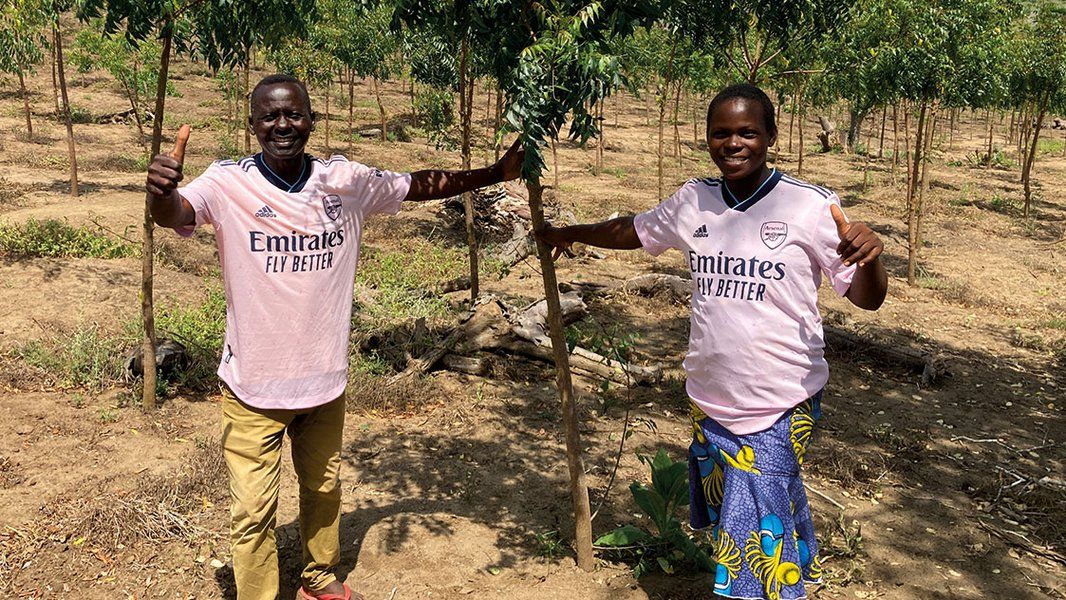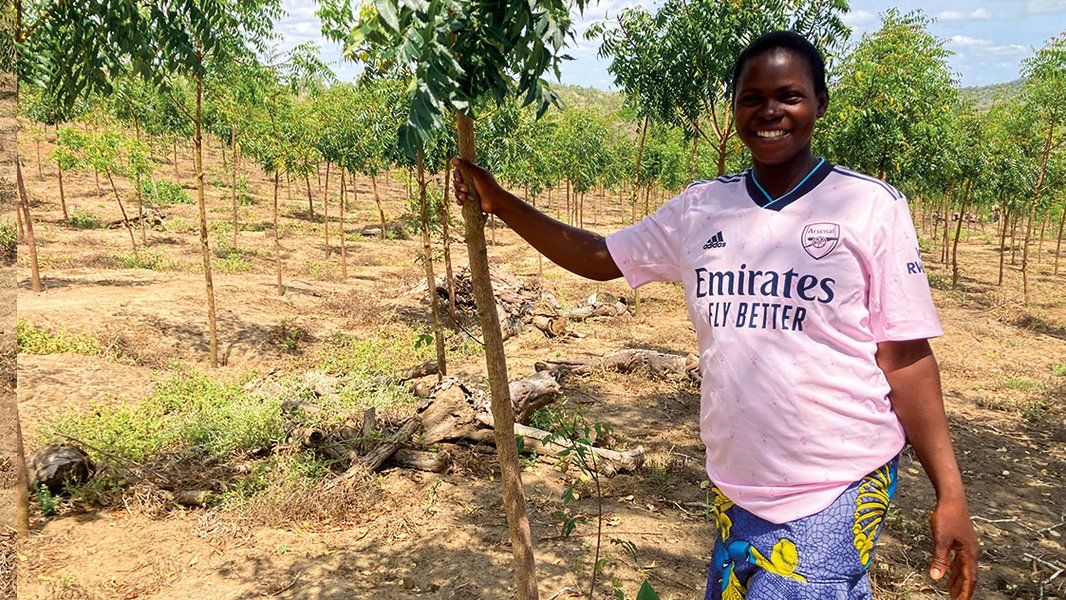Our Arsenal Forest in Africa has made a real difference to the lives of many in the community in Bore – mainly through the well-paid employment that it created. Establishing an area of woodland comprising more than 30,000 trees takes some doing! The plot had to be cleared of scrub, fenced and gated, then the neem seedlings propagated, planted and regularly weeded and pruned.
All of this work is done by a big team of local people, and their wages enable them to feed, clothe and educate their families.
So not only does the project reabsorb CO2 from the air and turn it into useful timber (compensating for the emissions released and the lumber consumed in the printing of this programme) but it helps the community deal with their daily economic challenges – which are escalating due to the climatic disruption now afflicting this part of the world.
Apart from the casual workers, we have a large group of salaried staff including project manager Alex Katana, project monitor and photographer Lakheri Kivure, and Musa Safari, our nursery nightwatchman.
The employment on the Arsenal Forest project has to be shared out fairly within the community and that is one of the main tasks of the Bore Green Umbrella (BGU) management committee, who ensure that many families in the region feel the benefit in Arsenal’s environmental investment.
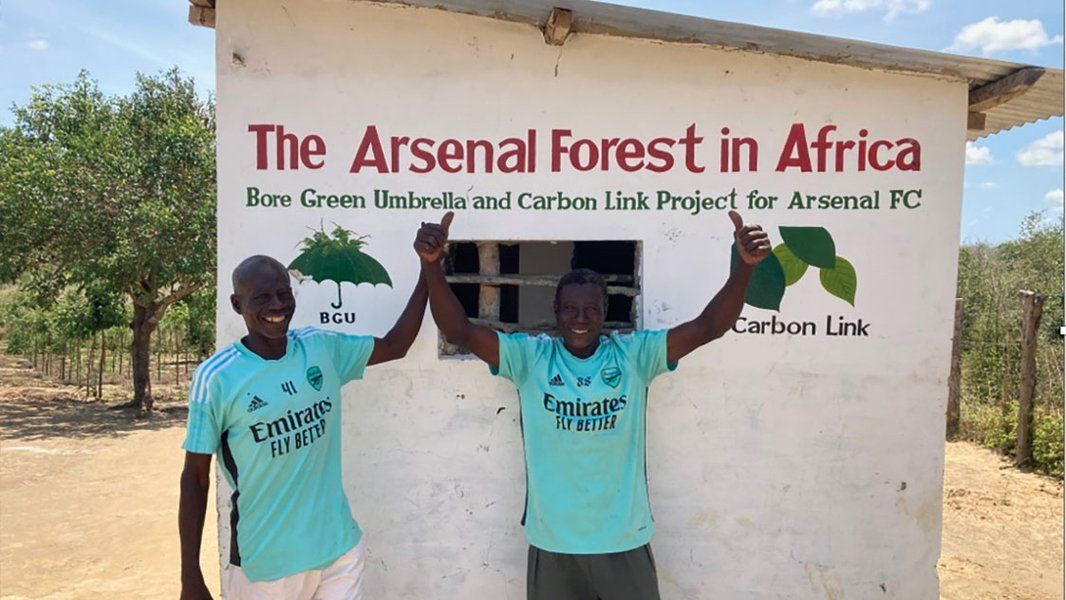
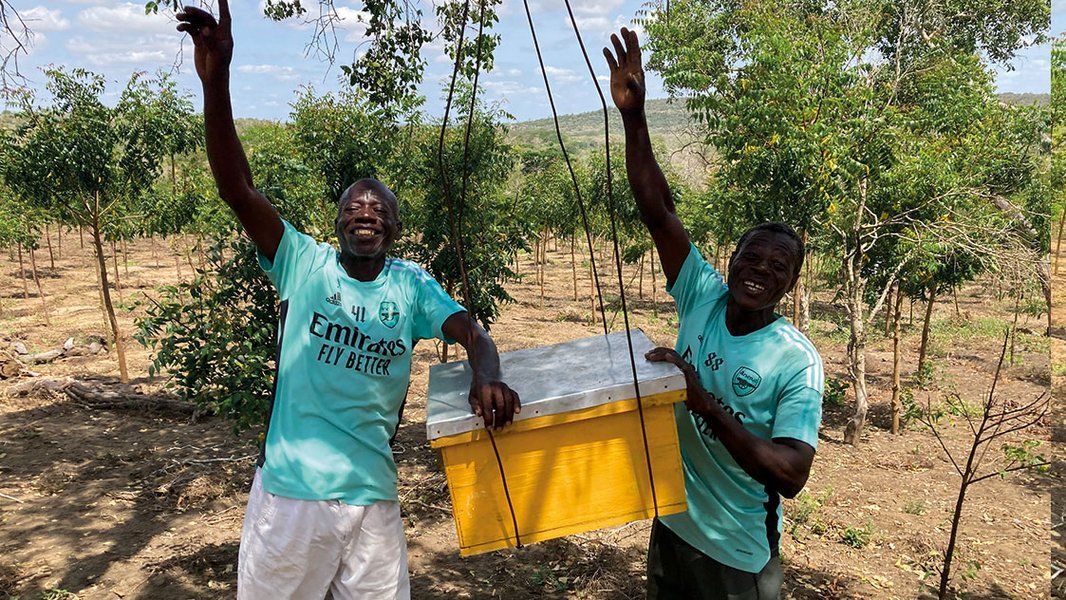
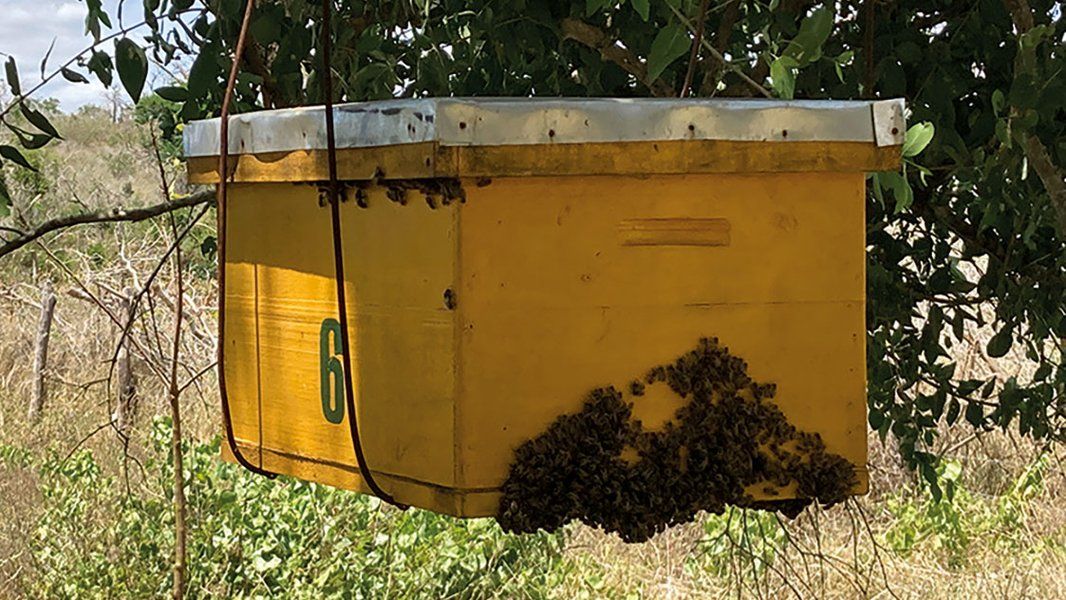
Among the many locals who are employed at The Arsenal Forest are those who form the all-important security team.
Musa, on the left, is our nursery nightwatchman and Morris is the Arsenal Forest gatekeeper. As you can see, they are both sporting training tops that we upcycled from our Academy squad up at London Colney to Bore in Kenya.
You will also notice that they are posing by one of the Arsenal Forest beehives – of which we have over 20. Everyone is waiting for the “Arsenal Honey” but you just can’t hurry bees… Apparently, they can get a bit tetchy if you interfere too much with their activities and down in the tropics they sting rather harder than their British cousins. The local team say that if the rain keeps coming, we should have the first batch of delicious neem honey early in 2024.
The hives are hung on the branches of the residual mature indigenous trees that dot the planting site. The shade from the dense canopy ensures the bees don’t overheat in the Equatorial sun. For some reason, the security guys weren’t that keen on being pictured close to this hive…
Theophrastus Kithunga and Janet Mranja are both employed as project monitors. Their job is to make sure that the neem trees establish themselves and are then well managed.
Ultimately the trees will be harvested for their valuable timber so the trunks are regularly pruned to ensure straight growth. The advantage of growing trees for timber in this way is that most of their absorbed carbon is then retained for the long term in the doors, windows and furniture that neem is usually made into.
Meanwhile Janet is also pictured taking advantage of the shade provided by one of the larger trees. The neem are planted fairly close together to encourage straight, upward growth and the canopy is already starting to close as the trees compete for every photon although, to be fair, there is little shortage of photons in Bore.
Once a dense canopy is established over the next couple of years, the weeding will reduce as the ground cover is deprived of light.
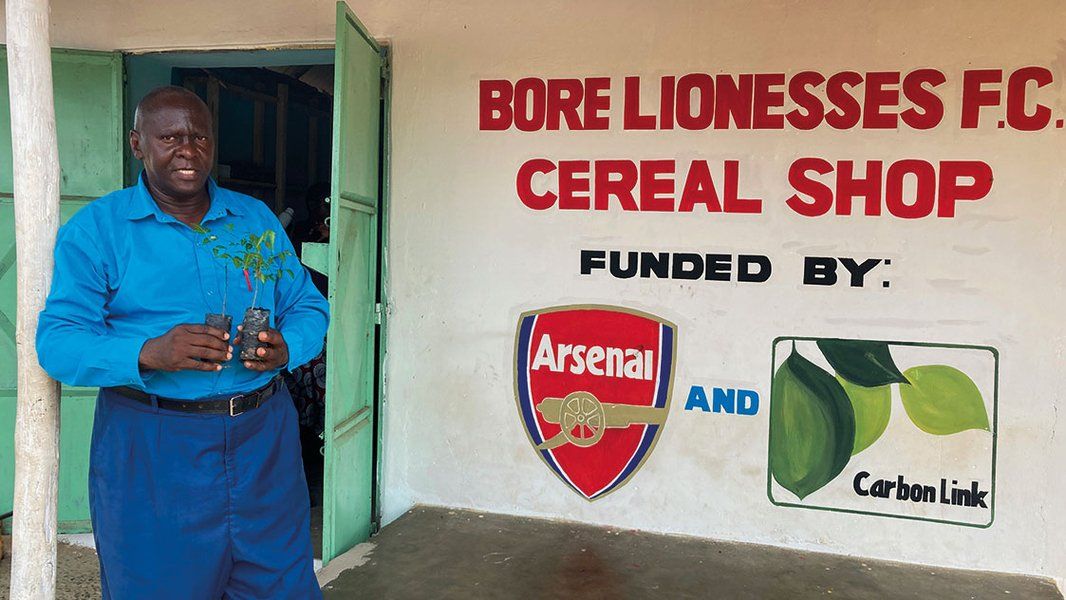
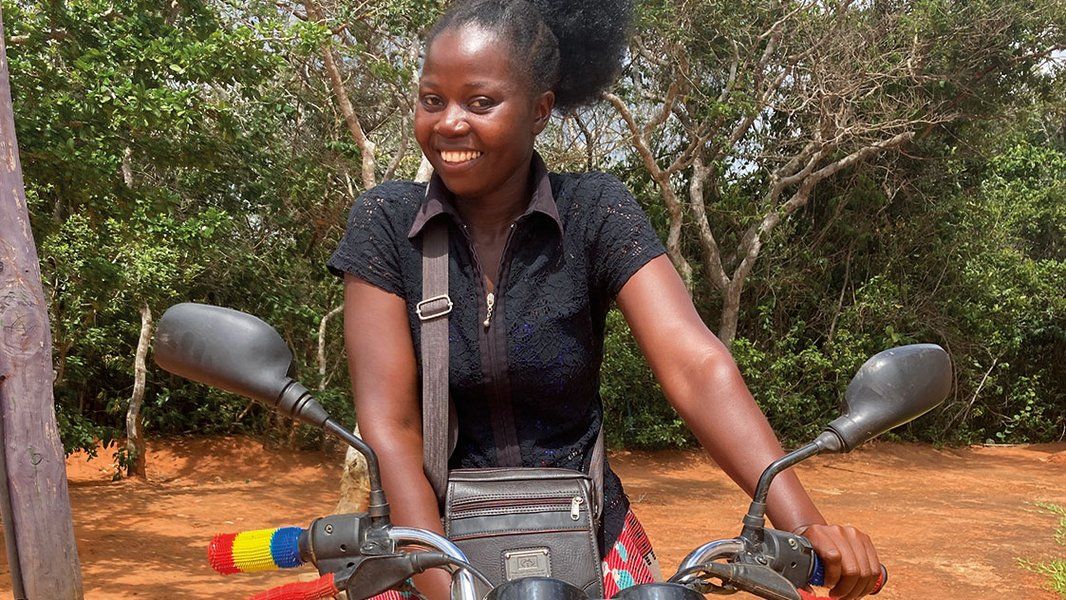
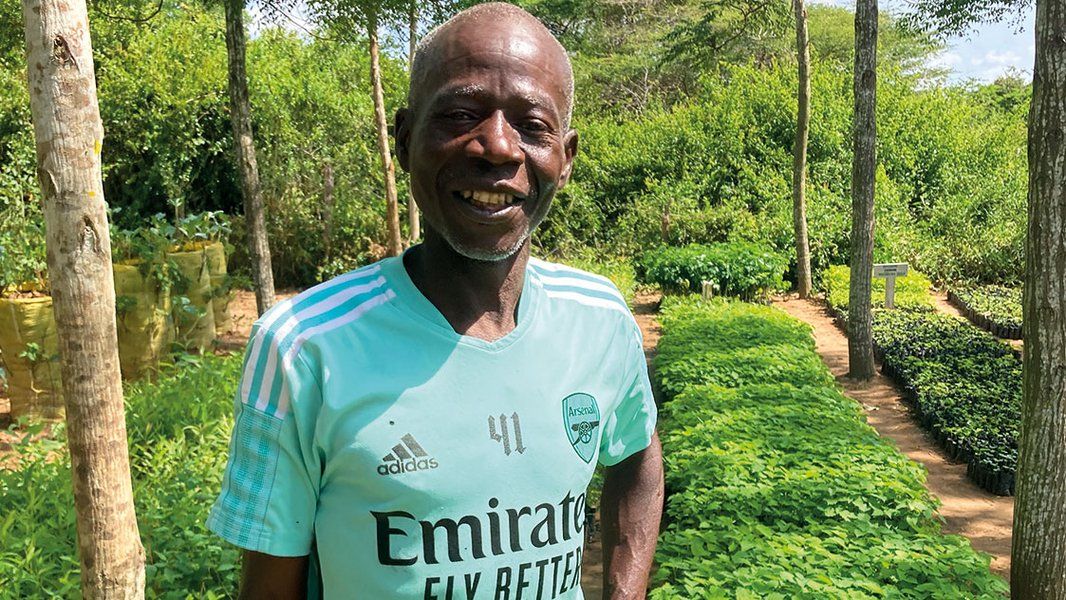
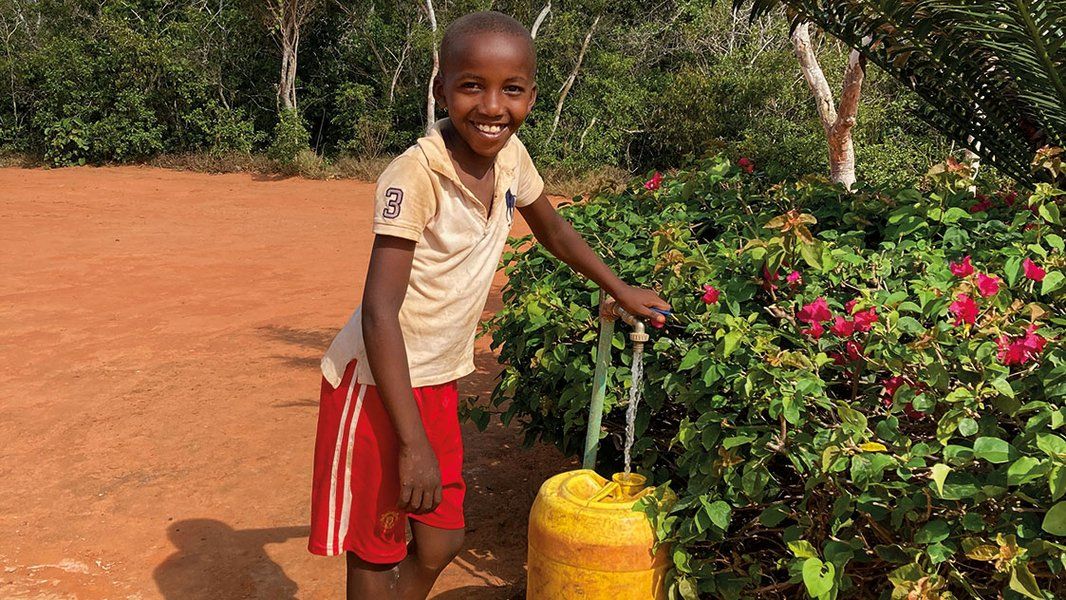
Copyright 2025 The Arsenal Football Club Limited. Permission to use quotations from this article is granted subject to appropriate credit being given to www.arsenal.com as the source.





